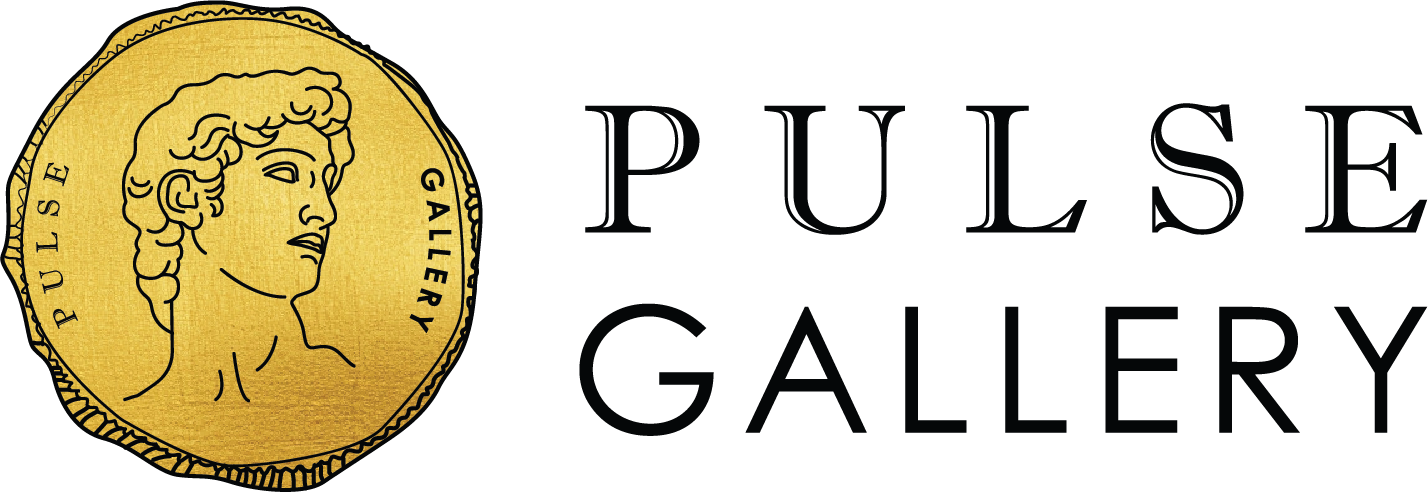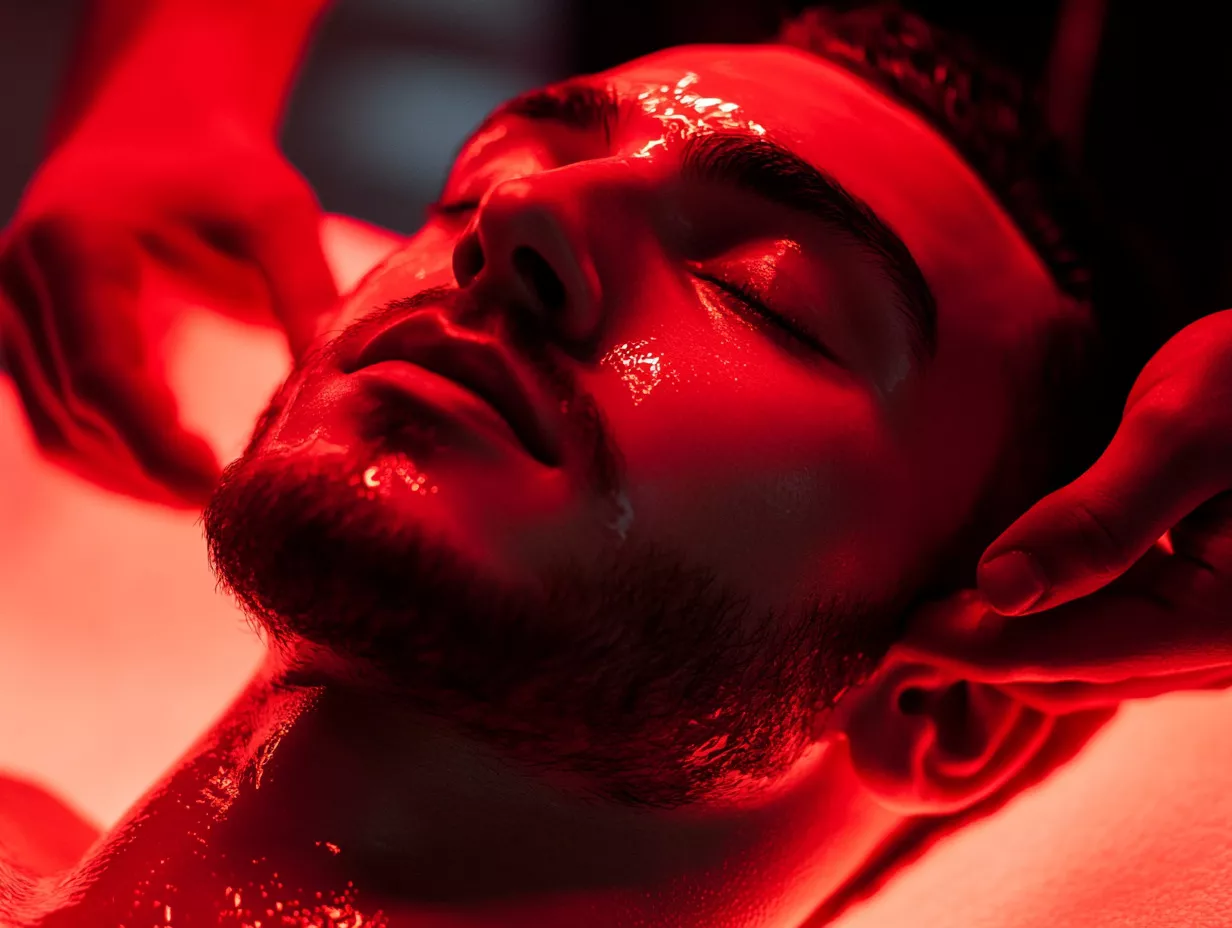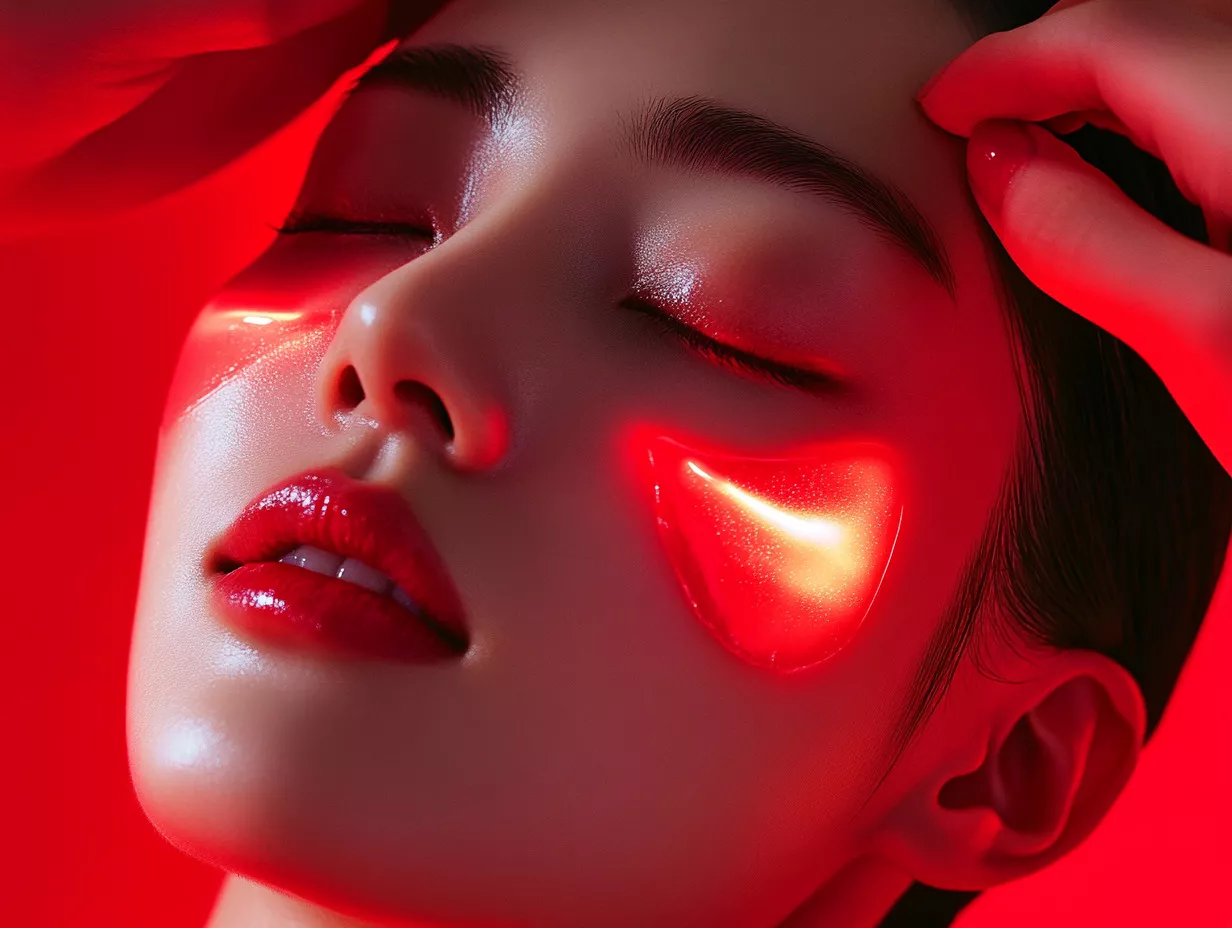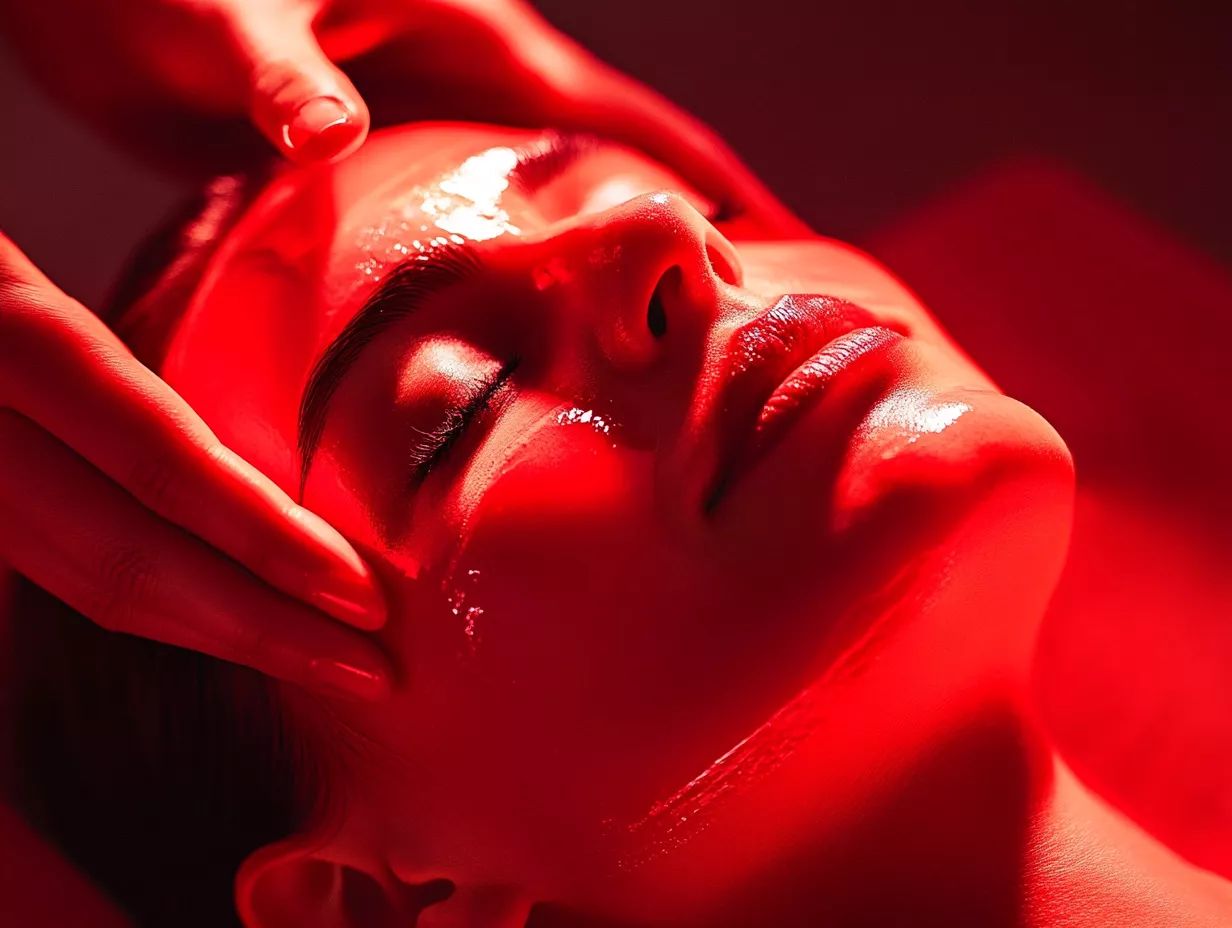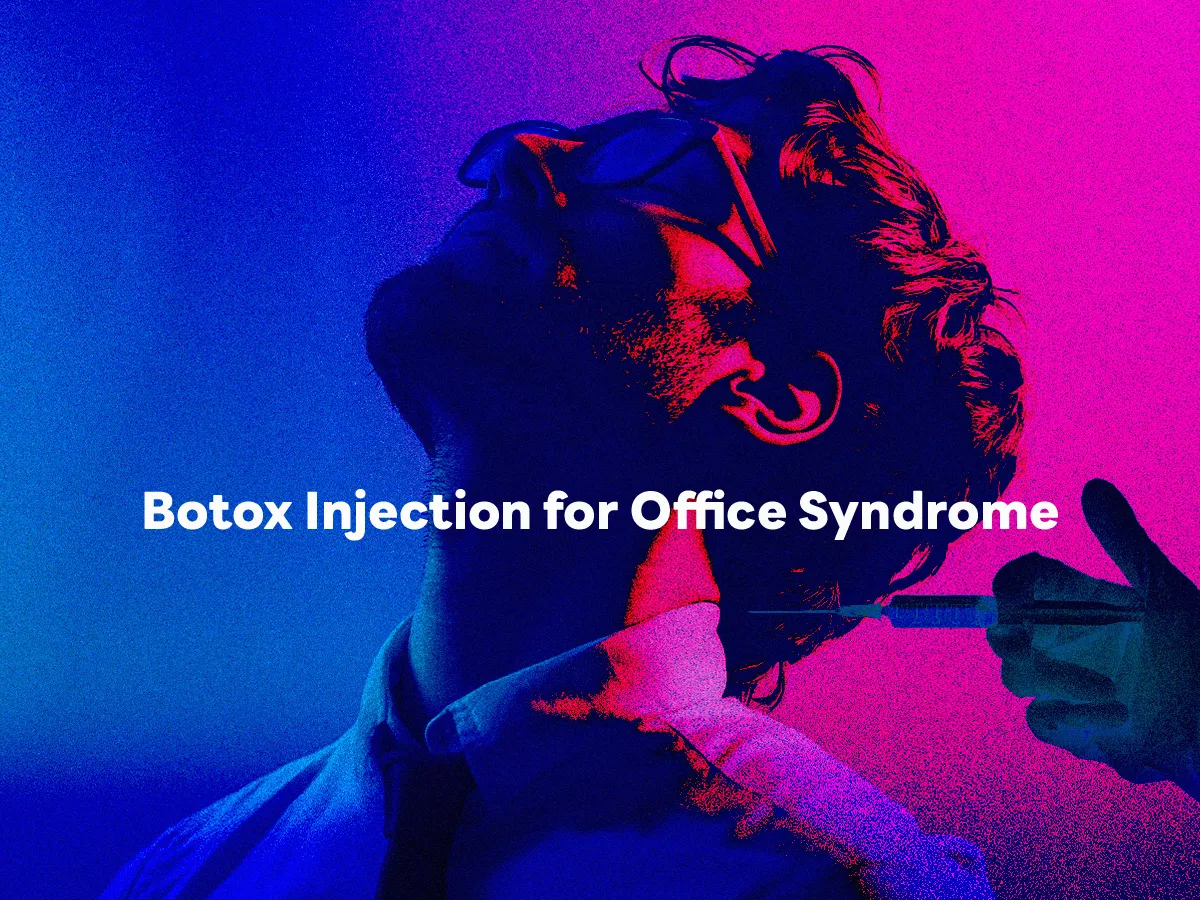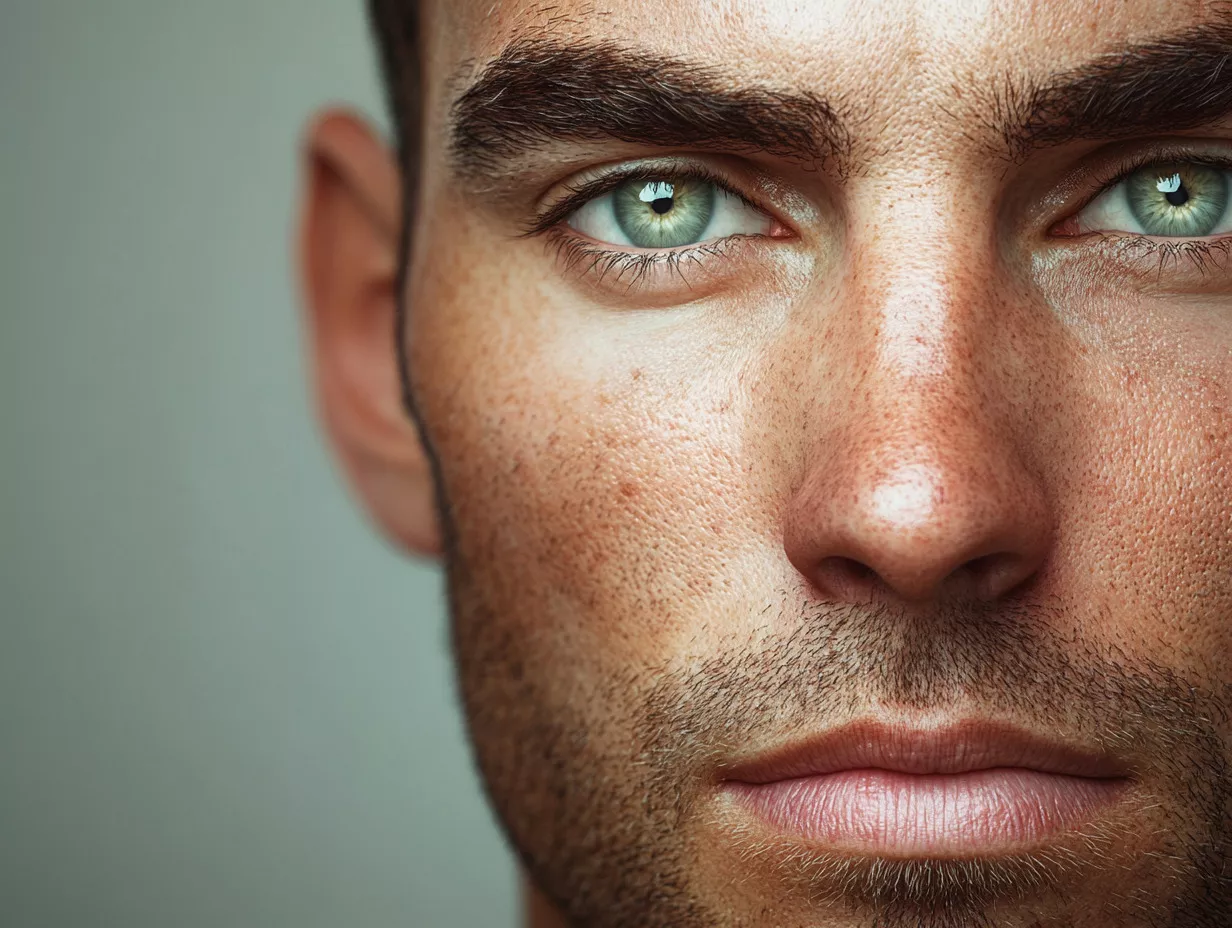Chinese Traditional Medicine - Gua Sha Facial Massage with Jade
1204
Gua Sha has been shown to help ease facial tension, puffiness, and inflammation, as well as lower sinus pressure.

PULSE Rituals | Wellness, Balancing and Detox
Chinese Traditional Medicine - GUA SHA
What is Gua Sha?
Gua Sha is a Traditional Chinese therapeutic technique in which a skilled practitioner uses a smooth-edged object to massage your skin while pressing on it. This motion causes little, red, rash-like spots to appear under your skin known as petechiae. Gua Sha instruments feature smooth, rounded edges. They won't cut, stab, or squeeze you. Before your acupuncturist begins, they will massage the treatment area with cream or lotion and then adjust to your comfort level.
They will initially apply the instrument softly to your skin. Gradually increase the pressure of the stroke. They will only apply as much pressure as you are comfortable with. This procedure is said to improve blood circulation and provide a "lifting" effect on your skin, which some feel may help reduce toxins in your body and encourage healing.
Book Your Appointment for Gua Sha Today!
Contact us at info.bkk@pulse-clinic.com or chat on your preferred platform:
![]() +66 65 237 1936
+66 65 237 1936  @PULSEClinic
@PULSEClinic ![]() PulseClinic
PulseClinic
Benefits of Gua Sha
It’s been reported that Gua Sha can help relieve several health conditions. Gua Sha is good for musculoskeletal problems, especially major ones like tightness in the shoulders, legs, and back.
It can also aid with tension headaches, migraines, neck discomfort, and swelling in the body. Gua Sha can also aid with anxiety, exhaustion, insomnia, and perimenopausal symptoms when combined with acupuncture; moreover, Facial Guasha has been shown to help relax tension in the face, reduce puffiness and inflammation, and even help lower sinus pressure.
Possible Positive Outcomes
Several research have looked at whether it can be beneficial for specific disorders, including:
Hepatitis B: One study indicates that gua sha might help reduce liver inflammation caused by the hepatitis B virus, but further research is needed for confirmation.
Migraines: Research suggests that gua sha may alleviate migraine pain as part of a 14-day inpatient treatment. However, additional studies and clinical trials are required to validate these findings.
Tourette’s Syndrome: A study observed that a man with Tourette’s syndrome experienced a 70% improvement in symptoms after 35 weeks of weekly gua sha treatments combined with acupuncture, herbs, and lifestyle changes. More research is necessary to substantiate these results.
Neck Pain: In a clinical trial involving 48 individuals with chronic neck pain, those who received gua sha treatment reported significant short-term relief. The long-term effects of gua sha on neck pain remain uncertain.
Perimenopausal Symptoms: Women approaching menopause who used gua sha weekly for 8 weeks reported improvement in symptoms such as abnormal periods, hot flashes, sleep disturbances, and mood changes. Researchers are still exploring how gua sha influences these symptoms.
Breast Fullness: For breastfeeding women experiencing milk overfill, gua sha treatment provided in the hospital and for a few weeks afterward helped alleviate pain and facilitated easier breastfeeding.
What Happens During Gua Sha?
A Gua Sha session takes about 5 to 15 minutes. During a Gua Sha session, you’ll sit up or lay down either face up or face down. Your practitioner, who should be a doctor of Traditional Chinese medicine or an acupuncture physician, will most likely apply an oil serum to the skin to help the tool glide more easily. Next, the practitioner will use their Gua Sha tool to perform a scraping motion on your face.
Most practitioners will use gentle pressure in one direction. Yet each practitioner will have a slightly different approach. This all depends on their personal preference and if you have a specific problem you want to address. Some may perform Gua Sha more gently, and others will have a more vigorous approach.
Gua Sha often provides immediate relief from pains such as muscle pain. The practitioner performing Gua Sha often will use it along with acupuncture or cupping.
Add us on Line and stay in touch.
Who Should Avoid Gua Sha?
Gua Sha is not suitable for everybody. People who should not have Gua Sha include:
- who have medical conditions affecting the skin or veins
- who bleed easily
- who take medication to thin their blood
- who have deep vein thrombosis
- who have an infection, tumor, or wound that has not healed fully
- who have an implant, such as a pacemaker or internal defibrillator
Is Gua Sha Routinely Offered During Acupuncture Sessions?
While acupuncturists are trained in Gua Sha, it’s not always offered during acupuncture sessions. This could come down to it not making sense for the areas of the body being treated or an acupuncturist just opting not to do it. But if you’re interested in experiencing Gua Sha, you can always request it when making your appointment.
Are There Any Side Effects?
Typically, Gua Sha is considered safe. However, you may have some bruising or discoloration of your skin. You could also be sore and tender for a short while after you have your treatment. You shouldn't have it if you're taking medicine for blood clots.
Potential Risks
Gua sha is generally regarded as safe, but it may lead to bruising or skin discoloration. You might also experience soreness and tenderness for a short period after the treatment.
It is advisable to avoid gua sha if you are taking medication for blood clots. Before trying gua sha consult with the doctor to ensure it is appropriate for you.
Where do you get Gua Sha in Bangkok?
Pulse Clinic is available in Gua Sha, Besides we are a sexual health clinic and a lot of services. If you want to discuss sexual health, feel free to talk to us!
Loading...
Clinic Locations
Loading...

